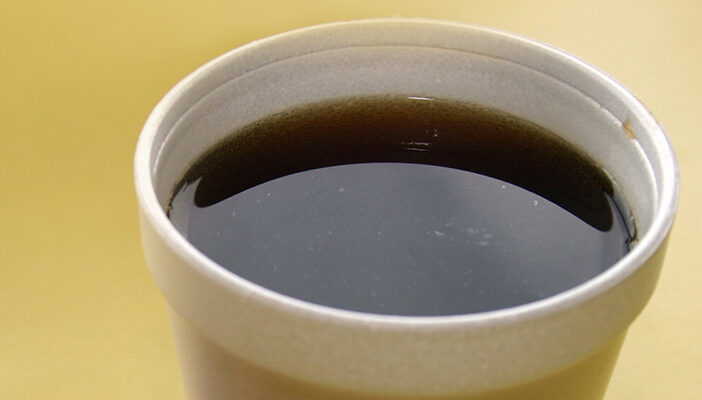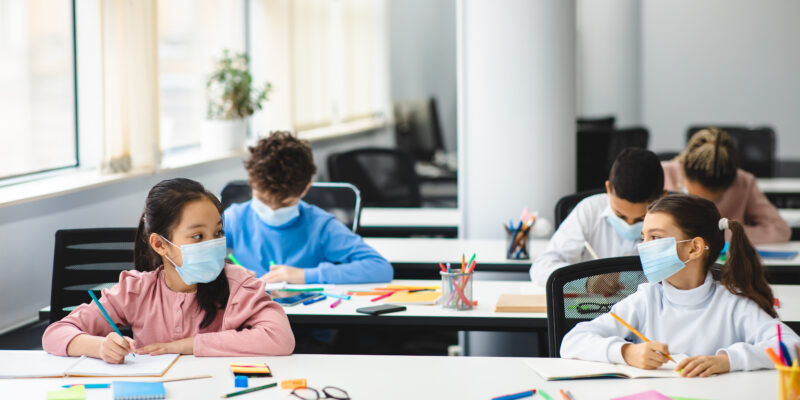An Introduction to Plastics
Plastic is a versatile material used to make thousands of products people use every day. Learn about the types of plastic classification, history and unique chemistry that gives plastic its variety of uses and applications.













